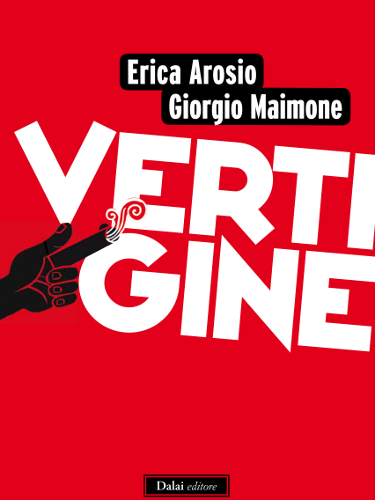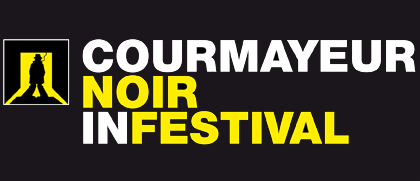EDITORIALS
NEWS
PROGRAM
FILMS
WRITERS
Scerbanenco
Conversations
Chandler Award
EVENTS
HONORARY AWARDS
GALLERY
NEWS
PROGRAM
FILMS
WRITERS
Scerbanenco
Conversations
Chandler Award
EVENTS
HONORARY AWARDS
GALLERY
Vertigine: l’ombra oscura del passato
PHOTOGALLERY HIGH RES
Milan, 1958. In a foggy February, during one of the coldest winters of the century, as the city’s brothels are shutting their doors in accordance with the Merlin Law, lawyer Greta Morandi, as cocky in the courtroom as she is inexperienced and naive in love, crosses paths with a plethora of characters, chief among them Mario Longoni. Marlon to his friends, private eye Longoni is a former boxer and Resistance fighter; a proletarian and Communist obsessed with the quiz show Lascia e Raddoppia. As the novel opens, beautiful, blond Brigitte Bardot lookalike Iole comes to Morandi’s office, looking to avenge the death of her lover. Maimone: "There’s a little bit of Nick Martello, Pepe Carvalho and especially Philip Marlowe in Marlon. The other characters took off from there, as well as the entire city that revolves around them. I really love Milan, I’ve always felt it to be my city. It speaks to me and I’ve always wanted to speak to it. Today, the city is going through such a dark period, so perhaps it’s time to reclaim Milanese pride and some redemption. Milan is a city that welcomes you and wins you over with a hidden passion that you don’t notice, with many small details that slowly seep into you. If you look at Milan at ground level, it’s ugly. If you look up high, at its old buildings, it’s beautiful." Arosio adds that they wanted to draw some attention away from the city: "We wanted to blend crime fiction with feuilleton, so developing the adventure component was fundamental. We didn’t want to be accused of just writing 500 pages about Milan."
After graduating in Philosophy from the University of Milan, Erica Arosio (Milan) began writing for La Repubblica, Il Giorno, Cineforum, Rockerilla and Segnocinema and for many years produced the film program on Radio Popolare. She currently writes about culture and entertainment for the weekly Gioia. Giorgio Maimone was born in the province of Varese and was editor-in-chief of Sole24Ore and writes for Bielle, a website dedicated to singer-songwriters. They began their collaboration on L’uomo sbagliato, Arosio’s previous novel, which Maimone edited, before writing Vertigine: l'ombra oscura del passato together. Says Maimone: "We used a Marxist method: practice-theory-practice. We’d write, then discuss what we’d written, then rewrite it, exchanging photographs and going together to see the places where the events took place."
Erica Arosio
Vertigine: l'ombra oscura del passato, Baldini & Castoldi, Milano, 2013
L'uomo sbagliato, La Tartaruga, Milano, 2012
Marilyn Monroe, Multiplo, Milano, 1989
Giorgio Maimone
Vertigine: l'ombra oscura del passato, Baldini & Castoldi, Milano, 2013
PHOTOGALLERY HIGH RES
 |
|
|
PROGRAM
14/12/2013 h 21:15: PalaNoir 1 Lecture of the book with Giulia Faggioni, Daniele Monachella, and musics by L'Orage
|

